Luisa Dames’ guide to Berlin

Roula Khalaf, Editor of the FT, selects her favourite stories in this weekly newsletter.
I moved from a small city near Hanover to Berlin in 2010, around 20 years after the wall fell. It was cheap to live here, so people could afford to be creative. Although Berlin is very different today – there are fancy coffee shops, oyster bars and fine-dining restaurants on every corner – you can still live with less money in your pocket than places like New York or London. It has a big-city feeling, but it’s less hectic.
I live in Mitte, near the headquarters for Aeyde, the footwear brand I started in 2015. What I love about central Berlin is that there’s a lot of interesting architecture – like the former Socialist Unity Party building, now a Soho House – as well as boutique restaurants and bars where you can sit outside in the summer. It’s best to visit Berlin between May and September, otherwise the weather is quite horrific.
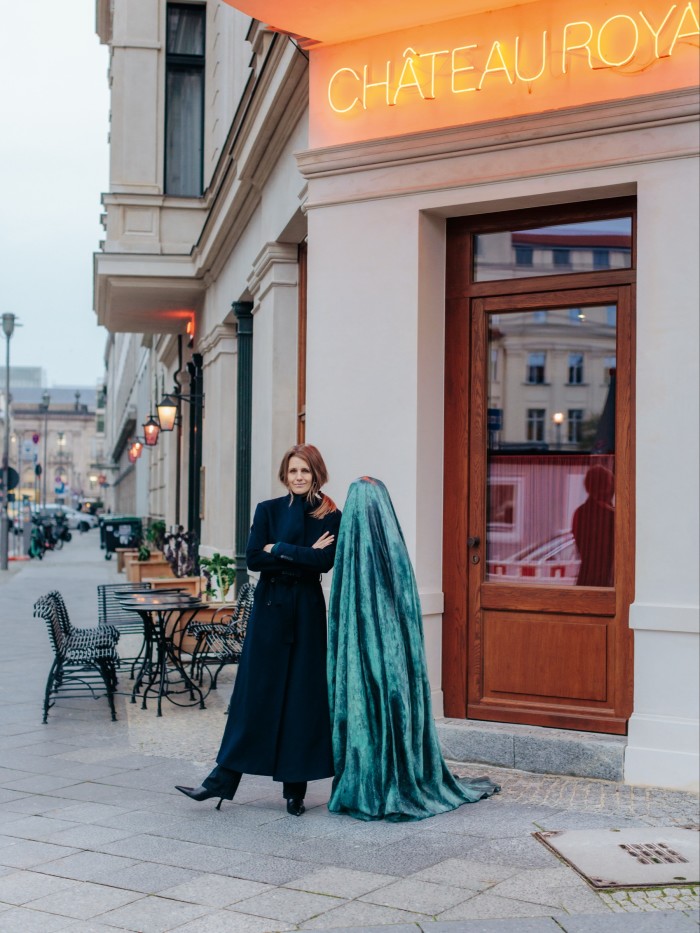
You can find any kind of cuisine here, but I like places that are a bit more established. Something I value highly in Berlin, compared to more over-developed cities, is that restaurants will always accommodate walk-ins; you don’t have to pre-book weeks in advance.
One of my favourites is Sale e Tabacchi in Kreuzberg, which serves classic Italian food; I always have the pasta vongole and courgette flowers stuffed with ricotta. The restaurant was founded in a former printing house in 1995, and all the writers, thinkers and intellectuals concerned with the city’s development used to hang out there. In the entranceway they have newspapers on wooden holders, and the decor is homey; it’s a place where you can sit and read for hours.
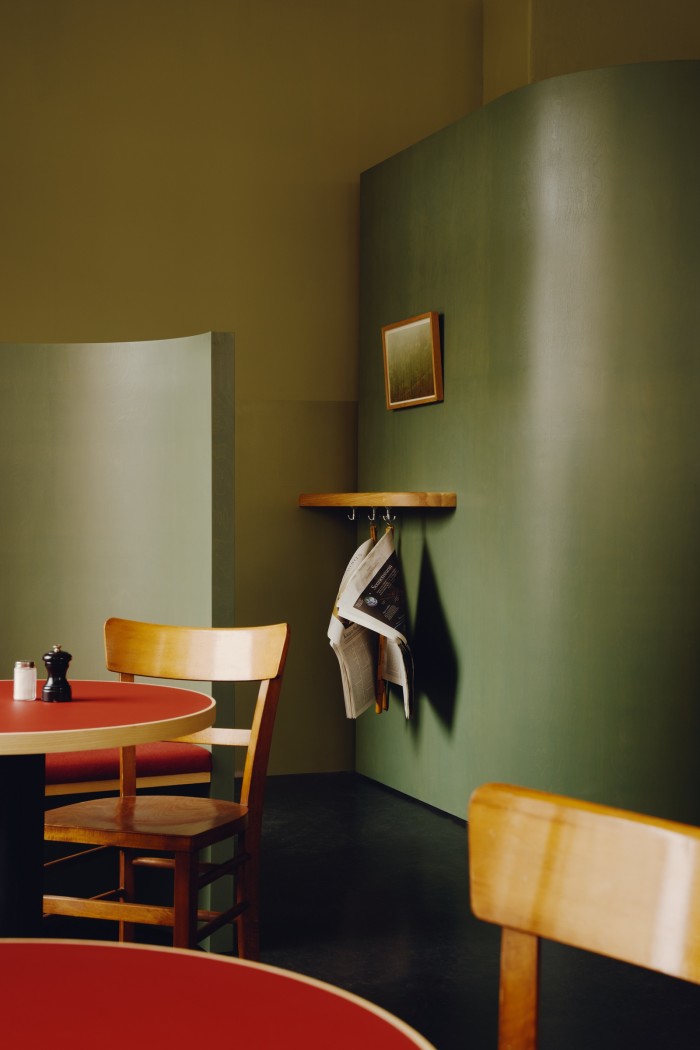
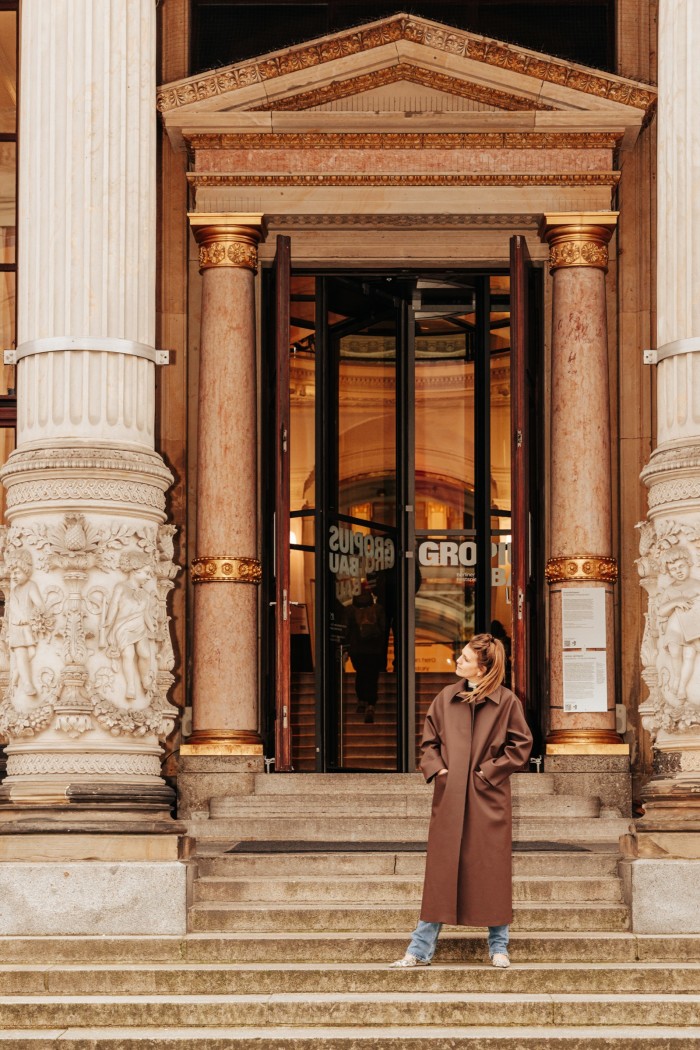
Restaurant Trio opened last spring opposite Soho House. It serves traditional German food in an elevated way: königsberger klopse (meatballs and mashed potatoes), goulash and gherkins. There’s a super-cool local crowd that goes there. In Mitte there is Bar Milano, which is famous for its cocktails – I usually go for a classic Negroni. It’s a lovely place to sit outside because you get nice evening sun.
Berlin has always been a city of flea markets. When the East and West first opened up, people from either side began showing off their things – furniture, accessories and clothing – on the streets. There are huge traditional flea markets on Straße des 17 Juni, around Tiergarten, and Arkonaplatz, which I visit regularly. There are also big shopping strips, such as the Ku’damm, which have all the luxury stores, but for me Berlin is a city for vintage boutiques. I recently discovered Sand Archivio, which was started by a woman called Alessandra who sells brands including Prada, Jean Paul Gaultier and Fendi, mainly from the 1990s and 2000s. It’s a huge archive of designer vintage pieces; I recently bought a 2000s Gucci merino-wool knit jumper in lilac. I also love Original in Berlin for handpicked designer homeware.
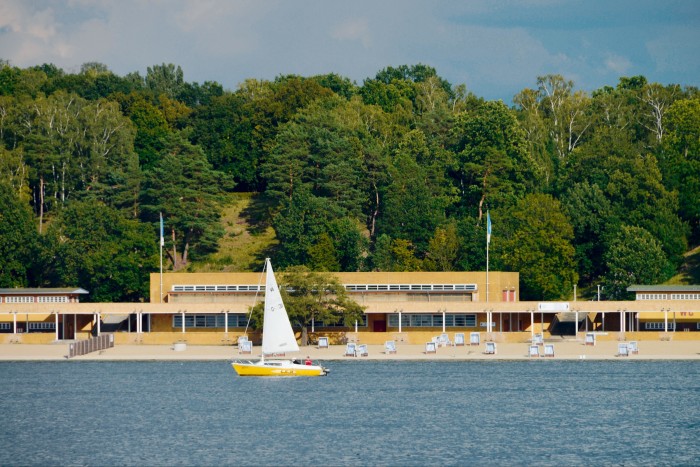
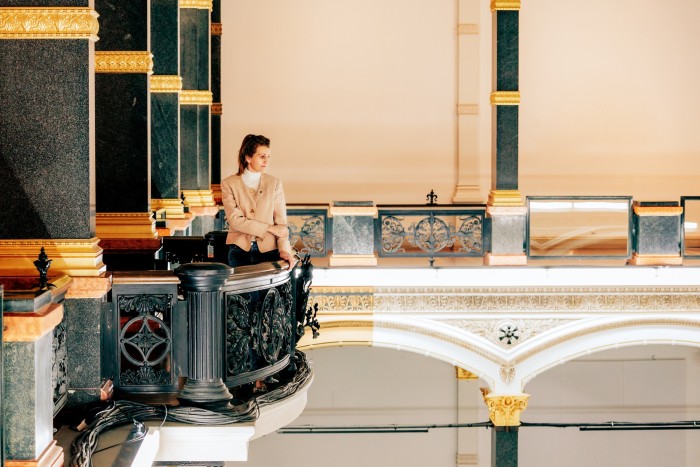
There are so many interesting galleries in Berlin: Capitain Petzel focuses on young, emerging artists, while Plan B is a tiny space where they pick a couple of artists to show. I also always recommend Gropius Bau, which has a mix of contemporary exhibitions and big installations. It’s close to Checkpoint Charlie, the old border crossing between East and West, so there’s a memorial part as well.
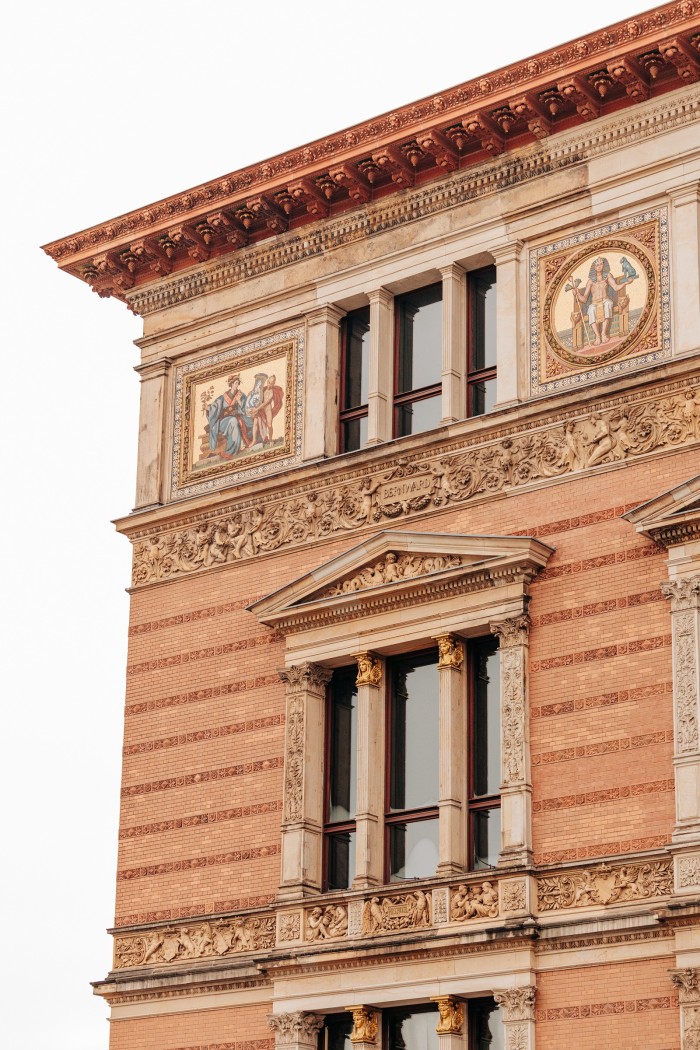
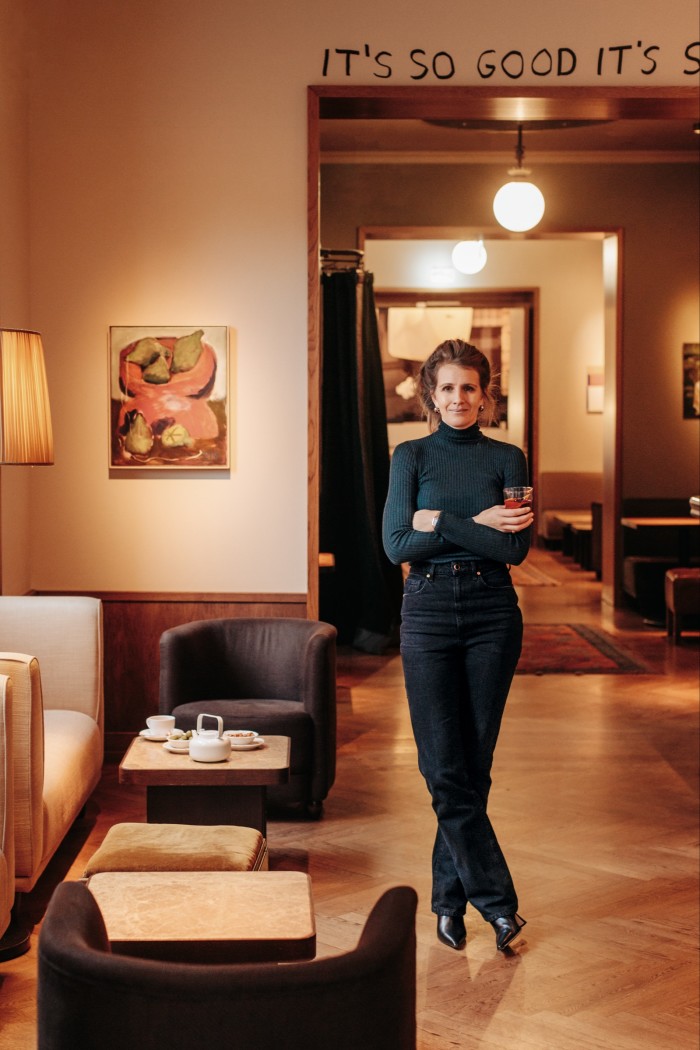
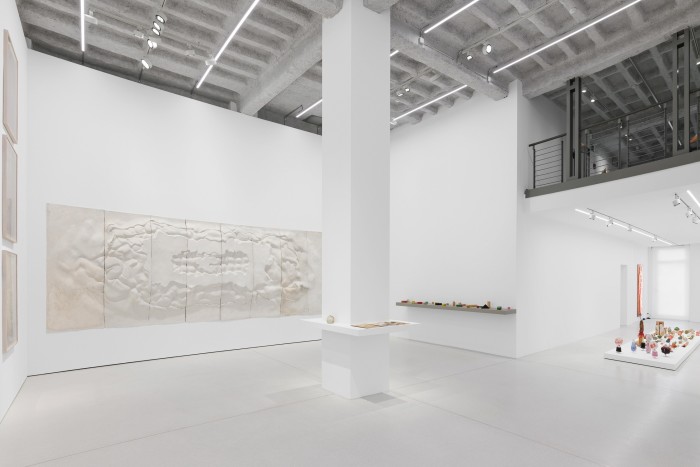
For hotels, I like Château Royal, which has 93 rooms over five storeys: each one has a different artist exhibited in it. And then there’s West Berlin’s Wilmina, a former prison that’s been redone to look beautiful and minimal.
On weekends, I go to West Berlin: there’s more greenery compared to the East, and the streets are a little bit wider. I’ll go for a walk around Stadtpark Schöneberg, a big, beautiful park, and in the summer I visit Strandbad Wannsee, the old lido on the lake. Potsdam, a very small city just outside of Berlin, is also worth a visit: it has lakes you can swim in and a park with lots of old monuments. It’s a place where you can grasp a little bit of what West Berlin had in terms of richness and architecture before the war.
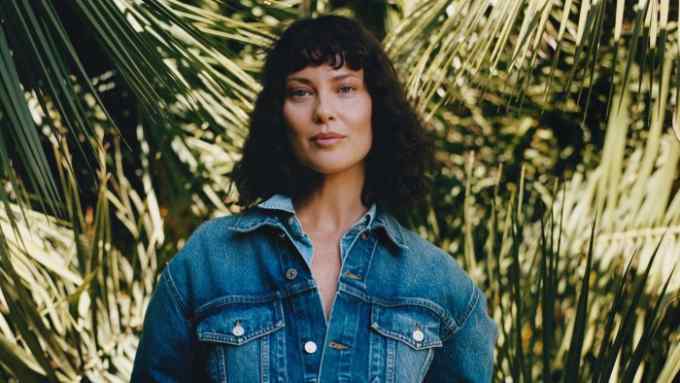
Comments